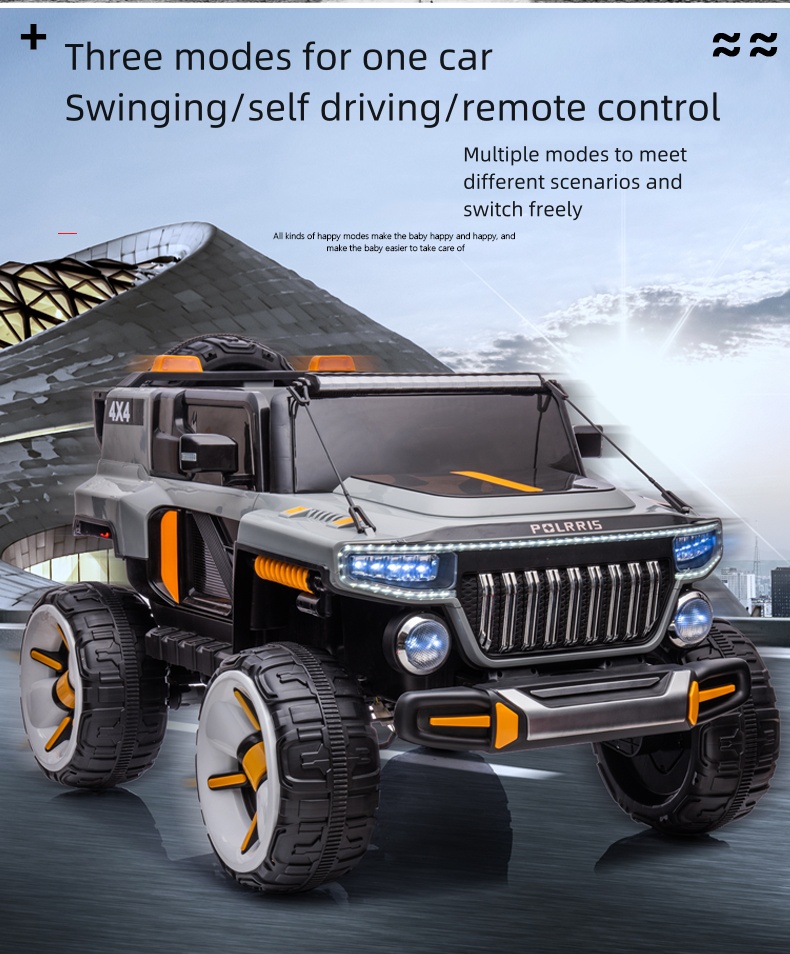Nov . 17, 2024 04:04 Back to list
disc brake drum
Understanding the Disc Brake and Brake Drum Their Functions and Differences
In the realm of automotive engineering, the braking system is one of the most critical components for ensuring vehicle safety and performance. Among the various types of braking systems, two of the most common are the disc brake and the brake drum. Each plays a pivotal role in the deceleration and stopping of a vehicle, but they function differently and have unique advantages and disadvantages. Understanding these components can help drivers appreciate their vehicle's braking system and make informed decisions regarding maintenance and upgrades.
What is a Disc Brake?
The disc brake consists of a flat, circular metal disc that rotates with the wheels of the vehicle. When the driver presses the brake pedal, hydraulic pressure is applied to the brake calipers, which clamp down on the disc using brake pads. This friction generated between the pads and the disc slows down the rotation of the wheel, thereby decelerating the vehicle.
Disc brakes are renowned for their effective heat dissipation. As friction generates heat during braking, a disc brake can cool down more rapidly compared to its drum counterpart, helping to prevent brake fade—an occurrence where brakes lose effectiveness due to overheating. Additionally, disc brakes typically provide superior stopping power and performance under wet conditions. The open design allows for excellent water drainage and reduces the likelihood of reduced grip when braking in the rain.
What is a Brake Drum?
A brake drum, on the other hand, is a curved, enclosed component that houses the brake shoes. When the brake pedal is pressed, hydraulic pressure pushes the brake shoes outward against the inside surface of the drum, creating friction that slows down the wheel's rotation. Brake drums are often found in rear brake systems of many vehicles due to their compact design and cost-effectiveness.
While brake drums are effective at generating stopping power, they are generally heavier than disc brakes and not as efficient at dissipating heat. Under heavy braking conditions, the heat can build up and lead to brake fade, reducing stopping performance. However, due to their design, brake drums tend to provide more gradual braking, which can feel smoother to some drivers.
disc brake drum

Comparative Analysis Disc Brake vs. Brake Drum
When comparing disc brakes to brake drums, there are several factors to consider, including performance, maintenance, and cost.
Performance As mentioned earlier, disc brakes excel in heat dissipation and stopping power, making them ideal for high-performance vehicles, sports cars, and vehicles intended for heavy towing or cargo. Brake drums, however, can be more adequate for lighter vehicles where extreme braking performance is not critical.
Maintenance In terms of maintenance, disc brakes typically require less frequent servicing than drum brakes. Brake pads are easier to replace than brake shoes, which can be more complex due to the enclosed design of the drum. Moreover, disc brakes are generally less prone to moisture and dirt accumulation, which can affect the performance of drum brakes, especially in adverse weather conditions.
Cost On a cost basis, brake drums are usually cheaper to produce and replace than disc brakes. This has led many manufacturers to equip lower-end models with drum brakes, while disc brakes are often reserved for higher-end or sportier vehicles.
Conclusion
In conclusion, both disc brakes and brake drums have their unique advantages and disadvantages, and the choice between the two often comes down to the specific requirements of the vehicle in question. Drivers focusing on performance, safety, and reliability may prefer vehicles with disc brakes, whereas those looking for budget-friendly options might find drum brakes suitable for their needs. Ultimately, understanding the differences between these two braking mechanisms can help vehicle owners maintain their braking systems effectively and ensure a safe driving experience. Regular inspections and timely maintenance are crucial for both systems to guarantee optimal performance on the road.
-
R.V.I: Advanced Remote Visual Inspection for Precision
NewsAug.15,2025
-
Discover HYUNDA: Innovative Vehicles, Equipment & Solutions
NewsAug.14,2025
-
R.V.I: Unlock Advanced Insights & Real-time Performance
NewsAug.13,2025
-
Kamaz Brake Drum: Durable & Reliable for Heavy Duty Trucks
NewsAug.12,2025
-
Heavy Duty Iveco Brake Drum - Premium Quality & Safety
NewsAug.11,2025
-
DAF Water Treatment Solutions: Efficient Solids & Oil Removal
NewsAug.10,2025
